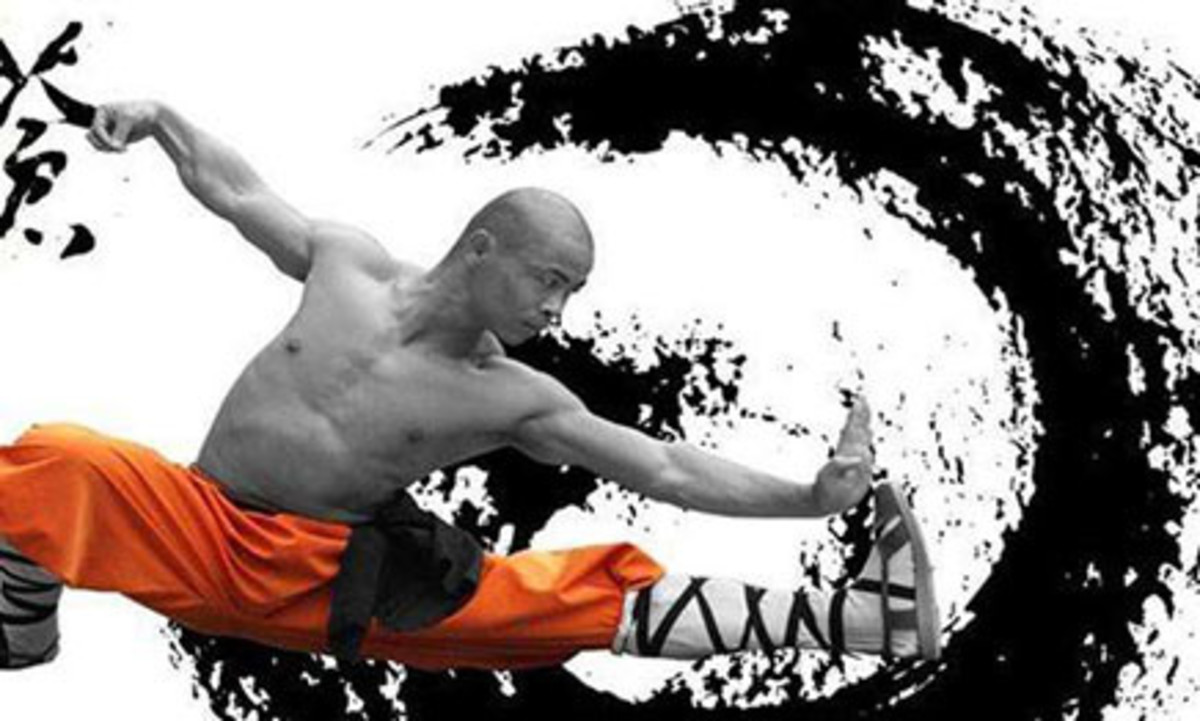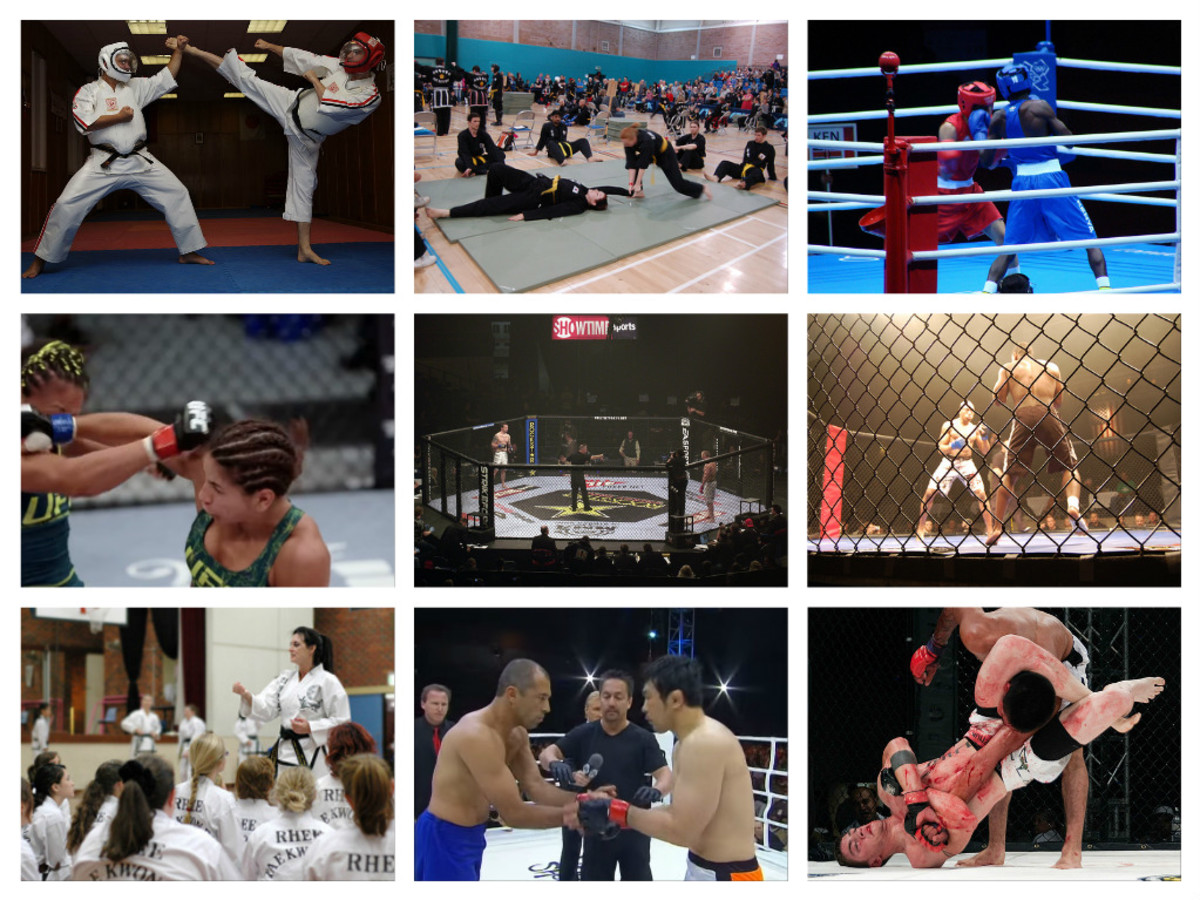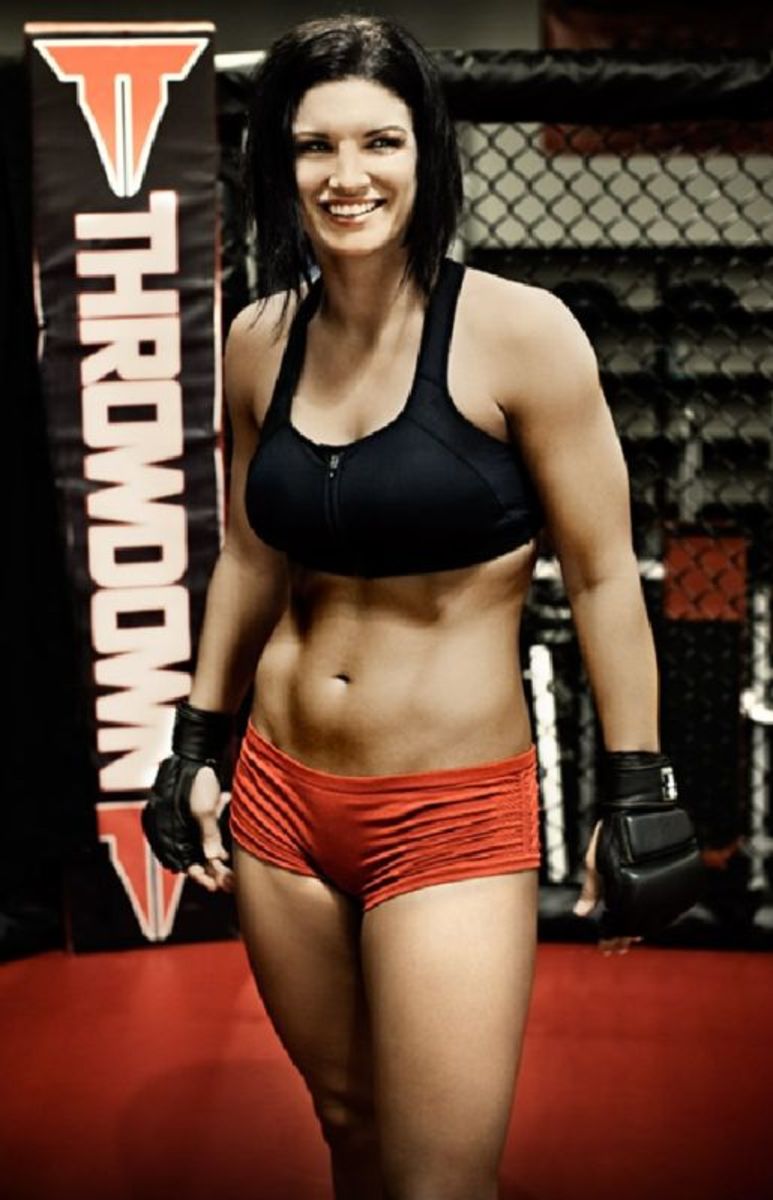- HubPages»
- Sports and Recreation»
- Individual Sports»
- Martial Arts
Mixed Martial Arts and Traditional Martial Arts: Which is better?
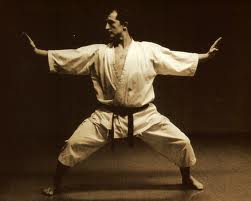
As a traditional martial artist for over 20 years having trained in several styles and dojos and even spent 3 years in Japan training with world recognized masters, you would think I would side with tradition advocating its purity, its discipline, its effective training regiment and its centuries of development. But the truth is that I don’t side with either. Through the years I’ve realized that all styles are good and there is no conclusive evidence to prove one style’s superiority over another. If one style was proven inferior to another, then that style would die out. That’s a simple way of thinking about it, but no matter what style of fighting you practice, what’s important is your skill in that style. Miyamoto Musashi, the famed samurai of feudal Japan said to have had over 60 duels and never was defeated, stated that he defeated all his opponents, not because his self taught 2 sword style was more superior, but because he was better trained in his own fighting art than his opponents were trained in their own. I’ve heard more than once that the style does not make the fighter. The fighter makes the style. Take the case of Brazilian Jiu-jitsu (BJJ). Thanks to Royce Gracie’s performance in UFC, BJJ has gained international recognition as a highly capable fighting art. This example can be extended to MMA practitioners like Chuck Liddell. If these styles of fighting were represented through less than capable martial artists, then the growth of the art would not have been so successful, along with the notion that MMA or traditional arts are more superior.

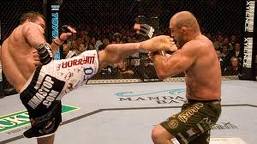
Now let’s take a look at mixed martial arts. By definition MMA is a mixture of several fighting forms. It is a collage of styles. What separates it from the rest of the fighting arts is its lack of a defined fighting philosophy or theories if you may. Each MMA school and fighter has his own idea of how fighting should be done. This allows practitioners to remain flexible and open to new techniques at the cost of not delving into the advance concepts that are reached in traditional martial arts. Any study into advanced techniques would not equal the mastery a traditional martial artist would have because of the short time devoted. The reason for this is because of the broad range of styles an MMA fighter is exposed to. If a MMA fighter extensively pursues techniques in any particular discipline he distances himself from the mixed aspect and becomes more specialized. Take for an example a self proclaimed MMA fighter that only throws punches. Some would call him a boxer. To truly stay a mixed martial artist one must not subscribe to any one art soley but instead practice and employ several. The advantage to this is the MMA fighter is jack of all trades and has the potential to expose his opponent to a wide array of techniques he may not be familiar with. Quantity and the ability to overwhelm and perhaps find a way to exploit weakness through a myriad of techniques is what some in the mainstream population consider a superior tactic. The disadvantage is the MMA fighter is not an expert in any one style of fighting but theoretically a novice in all. A well trained boxer can defeat a poorly trained grappler through quick powerful punches and quick dodging of slow poorly executed take downs on the part of grappler. Most traditional martial arts have a mix of techniques and concepts but focus a set philosophy or set of techniques. In the case of Musashi, the more skilled will overcome the less skilled regardless of style. However in MMA’s defensive, Musashi himself was self taught and can be considered an MMA practitioner if it weren’t for the fact he defined his fighting principles into a style. His mix of techniques became a set regiment with a source combative principle. Something that MMA does not have in general. Another advantage that seems to hold true to MMA is the practicality and rigors of training. General fitness goes far in a fight but training is very sport oriented and most MMA schools and practitioners probably do not teach or train in multiple opponent fights. Nor do they incorporate weapons training. Of course there are exceptions to the rule but for the most part MMA was born of out of the sport and media culture of present day where traditional martial arts were born from centuries of actual life and death combat. Mixed martial arts have filled the void of tough physical training. When martial arts first came out of Asia it was tough. Words like discipline, strict, rigid, and sweat come to mind when I first started training. The instructors were intimidating and horseplay was absolutely forbidden and dealt with swiftly. Training was militaristic and very young children were not to be found. Now most traditional martial arts schools are soft, more commercialized and family friendly in order to make money/ be more accepted in main stream suburban life styles. MMA fills this void that tradition has left in favor of commercialism. MMA is tough and hard and its fighters embody a fighting spirit reminiscent of the samurai of old. This is MMA’s greatest strength. MMA fighter’s shear desire and will to fight and train is a recipe for superior skills. Another point to consider is a race car driver that can drive 50 different cars equally the same but since he has to divide his time training with 50 cars he can only drive each to an average level. Compare him to driver that trains on 1 car exclusively and can drive that 1 car to its absolute limit. I argue the better skilled driver will win. The 50 car driver must specialize if he is to win. An MMA fighter may start out learning about everything but eventually he will develop his own style which is the start of all traditional martial arts. If he becomes a champion, people will want to learn his method of fighting. Just take a look at Miyamoto Musashi.
In essence, all traditional martial arts were at some point an MMA. Traditional arts are born from MMA. Take Jeet Kun Do for example. Proven techniques were collected and applied to a philosophy thought to be a constant truth. Even though Jeet Kun Do is a style of no style, practitioners train to that idea. MMA, in theory, subscribes to none. There is the notion that traditional martial arts are one sided and mixing techniques from another style makes one mixed. False,…if I do 100 karate techniques and 1 Jiu-jitsu does that make me a mixed martial artist? Most traditional martial arts that are geared for real life combat incorporate all aspects of fighting. This includes but not limited to stand up, ground, close quarter, grappling, weapons, multiple opponents, and self defense , etc. But each traditional art tends to lean toward a few aspects based on how it was developed. Take for example Karate. It mainly focuses on stand up unarmed combat and with some focus on utilizing farming tools as weapons. Why? Rolling around on the ground with an adversary is not effective if you are fighting multiple opponents. Its roots are from a MIX of martial arts. It was used by the Okinawans as a form of self defense against Japanese soldiers. Karate, by the way, is mix of Chinese and indigenous Okinawan fighting styles. Those that say a karate master is no match for an MMA fighter is looking at the situation in the wrong context. Perhaps in the cage with sport rules, the MMA fighter will win but the karate master is trained to not fight “fair”. He will strike the groin, the eyes, the throat, vital nerve centers, and will pick up a weapon and wield it with expert precision. He is fighting for his life and his art was designed against soldier with swords in armor. I’m not advocating that in a real world situation MMA fighters are ill suited against a traditional martial artist. Quite the contrary, the MMA fighter, as I mentioned earlier, generally has a more aggressive fighting spirit and trains harder. Why is this? Culture….Kids go to traditional schools Tae Kwon Do, Karate, etc. Warriors go to MMA. There are exceptions to this rule. There are traditional schools and instructors out there that still train to the old standard. A diet composed of sweat, sore muscles, and bruises. They are the masters that the MMA fighter seeks out. Another downfall of some traditional arts is outdated techniques. Take for example a groin grab and pull. Conceived during the days of thin fabric clothing, executing such a technique against an opponent in jeans would prove difficult. The point here is that many styles utilize forms as a way to pass knowledge from person to person and from generation to generation. Remember reading and writing wasn’t always around. How do you teach martial arts to a bunch of illiterates? This method has worked so well that we are still doing it today. However, these forms are very old and may not apply to today. No more leaping X block to stop someone from drawing their sword. If you find yourself in such a situation the best defense to this would be to get in your car, lock the door, and drive away. But forms do still have value. Aside from the conditioning benefits, I believe study forms, or katas as I call them, allows the martial artist to create. By studying the form and drawing the techniques out, with some guidance from a more knowledgeable person, makes one think. He becomes smarter and hence can now create new techniques and tactics. I can give a man a fish and he can eat for a day or I can teach him to fish and he can eat for life. It’s like telling a student the answers to the test versus him reading the book. By reading the book one knows more than just the answers to the 10 or so questions on a test. He will be prepared for situations that are not covered in the test. Hence the strength of traditional martial arts, they are the books and not just the answers. But in MMA’s defense, all traditional martial arts start out as a mixture of other arts. Another critique of traditional martial arts are the rigid ceremonies. The bowing, the kneeling, the uniforms, the words in another language, this argument should be removed from consideration as neither an advantage or disadvantage. This is cultural in nature and how each school and instructor decides how to run business is completely independent from traditional martial arts as a whole. I’ve trained in very ceremony based schools in the U.S and trained in very lax schools in Japan. In my childhood dojo you don’t put your belt on the ground. It is considered disrespect. Maybe this is true…but I’ve seen Japanese instructors take off their Gi tops and belts and throw them on the ground because it’s hot. Whatever the tradition we (the people not from the country of origin of a particular martial art) should take it with a grain of salt and lighten up. If you bow great I personally like bowing it shows respect. A hand shake also works. Ceremony and tradition is part of the experience but not essential as it’s not our culture. At the same time you should not gravitate away from traditional arts just for that reason.
So there you have it. The point I hoped I conveyed here is that MMA fighters and traditional martial artists are both good and bad. No one method is better especially since MMA is just a traditional martial art waiting to be developed. I argue that the best MMA fighters have developed their own style of fighting that suits them which borders on traditionalism. If the fighter has students, he will teach them his method of fighting. His students will no doubt begin to resemble their master’s fighting style and hence make the leap from mixed, all styles, to a single method of fighting. The notion of the MMA fighter being better than a traditional martial artist is nothing more than a subjective opinion. A 1 year veteran of MMA is ill equipped to take on a 20 year Kung Fu master. However, if the Kung Fu master has not trained in several years and is out of shape, a less experienced but well training MMA fighter might just do ok. The point being is the skill involved. One fighter will be more skilled than the other in his art and he will inevitably be the victor. I don’t subscribe to the idea that one fighting art is better than another. I believe that some people are better suited to a particular style based on body type and personal preference. But above all skill in one’s own fighting art is what determines victory.




